Rajasthan is the very essence of India. It’s impregnable forts and magnificent palaces, rise up imperiously from the desert landscape like fairy-tale mirages of a bygone era. And as enchanting as that maybe , there is more to Rajasthan than its seemingly timeless wonders. For thru it runs one of the last few meter gauge railway lines left in India. Frozen in time till gauge conversion relegates it to the history books forever …..
Rajasthan lies to the North West of India , bordering Pakistan. The majority of it’s railway network in the 1990s was meter gauge, but most of these lines have since been converted to the 5 ft 6 inch Broad Gauge. The line between jaipur and churu is one of the last surviving meter gauge routes left in this region.
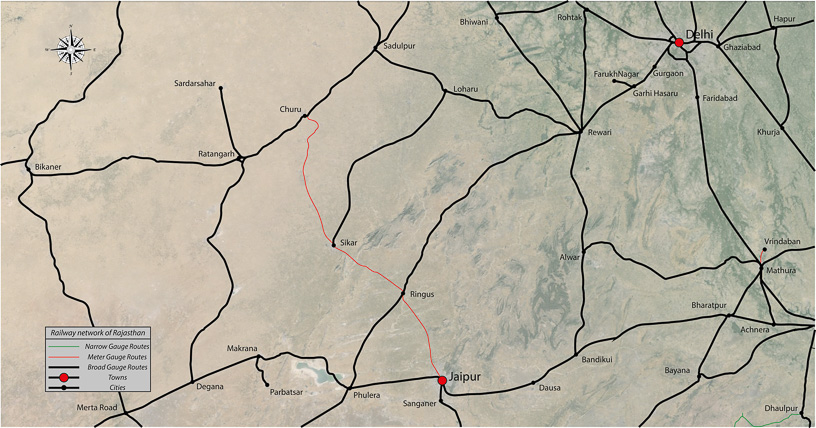 click on pic
click on pic
An extensive photo gallery can be viewed here…
Below is a video on YouTube….
Our journey begins in the Pink City of Jaipur, with it’s numerous forts and palaces …
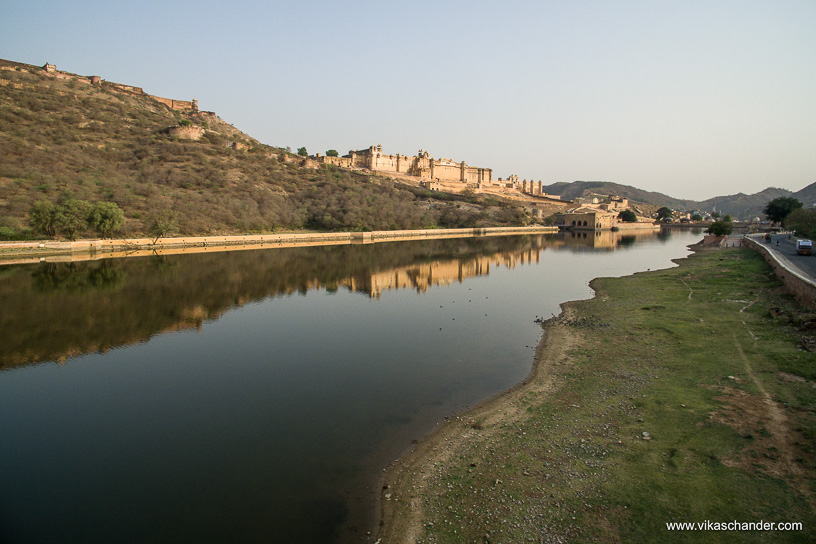
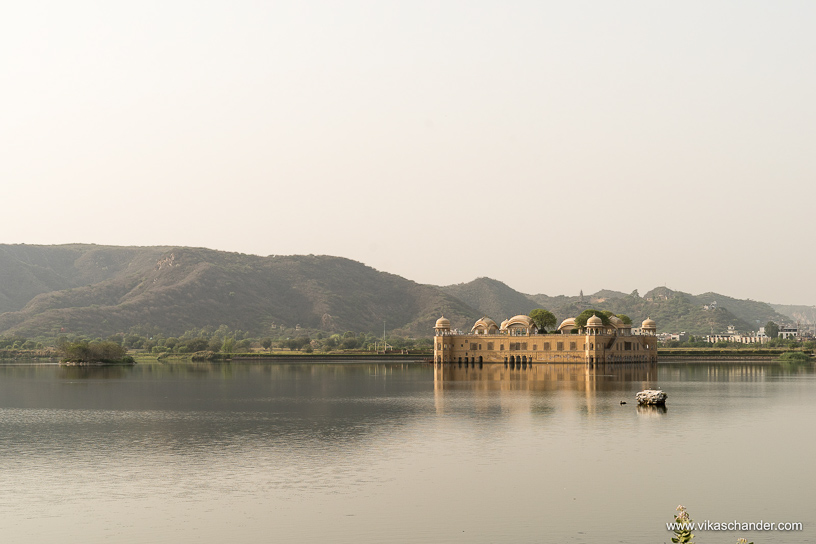
The meter gauge tracks have been relegated to the north west corner of Jaipur station. All that is left are a couple of stabling lines and an island platform
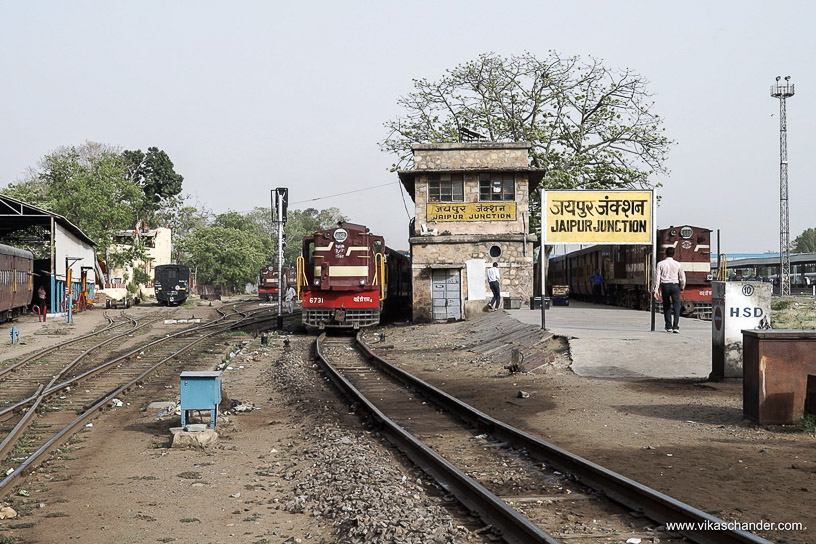
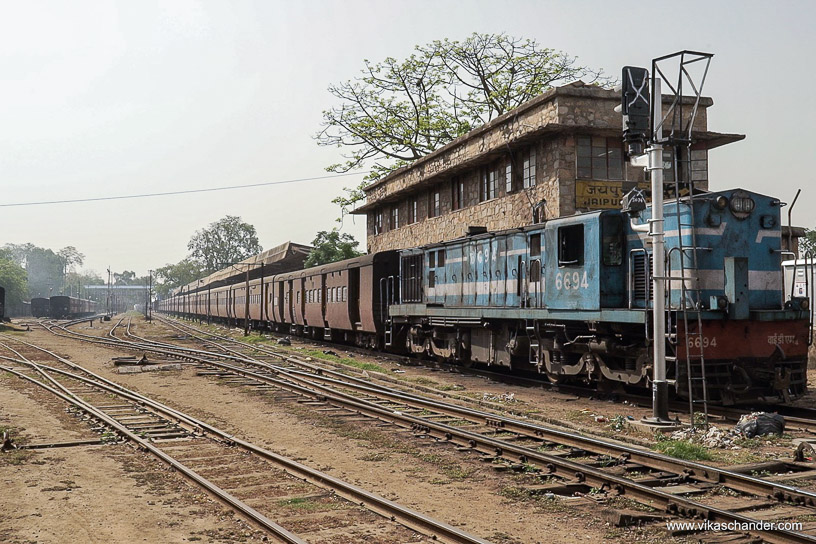
The trains are well patronized and a sizable number of passengers use them daily…
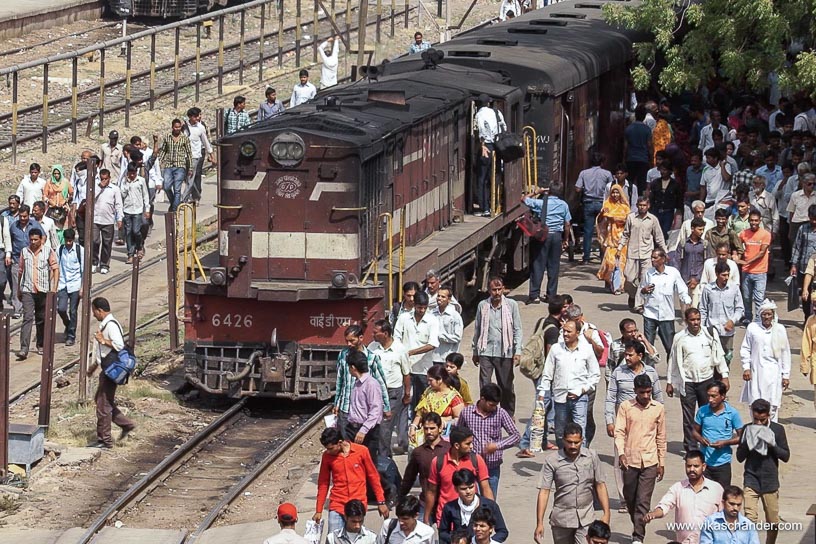
It was of course very different in the 1990s when Jaipur was a meter gauge junction and most trains were steam hauled.
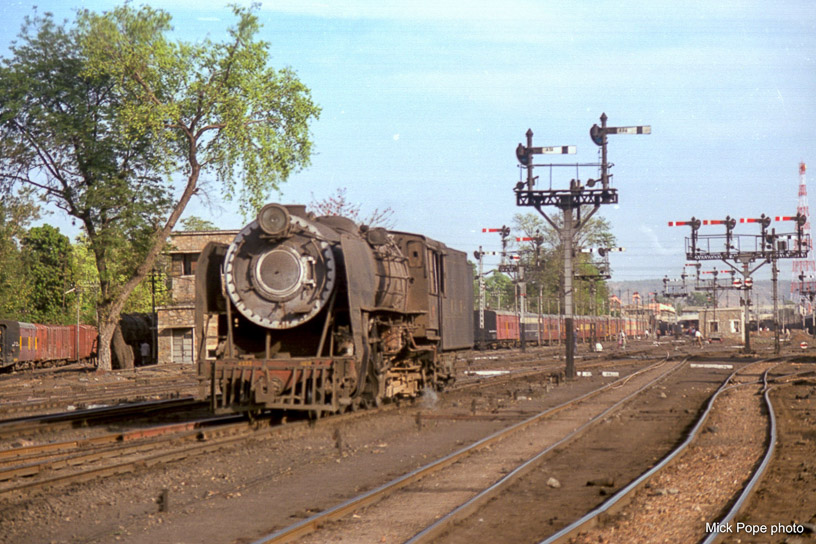
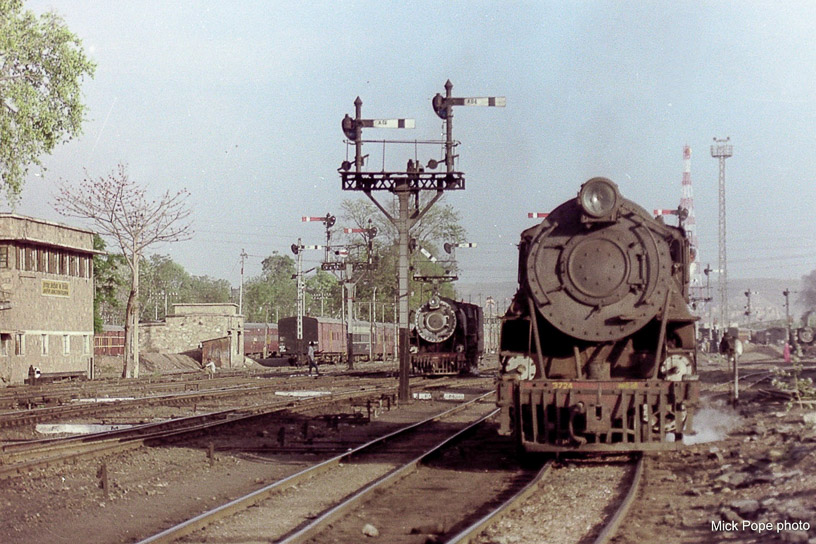
The station of Ringus was once a bustling meter gauge junction. Subsequent gauge conversion of the line between Phulera and Rewari resulted in a dual gauge junction with two broad gauge and three meter gauge tracks.
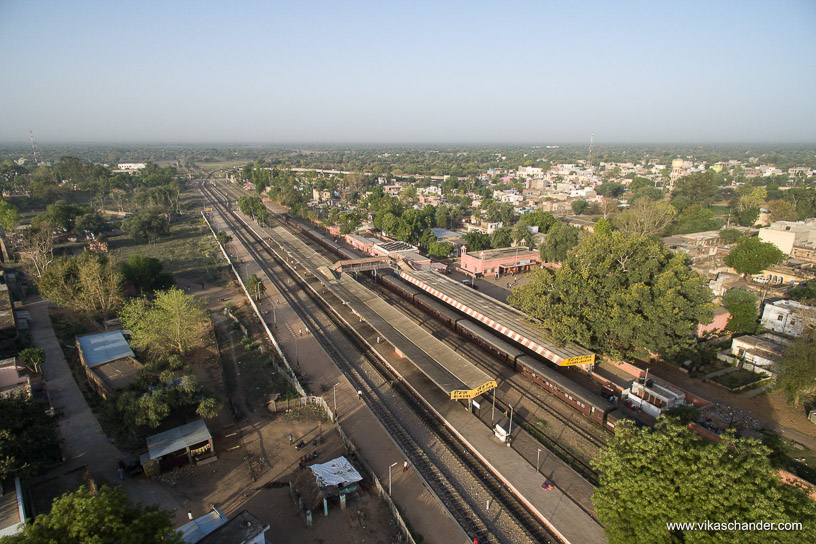
A dual gauge diamond crossing to the south west of the station forms the route from Jaipur to Sikar.
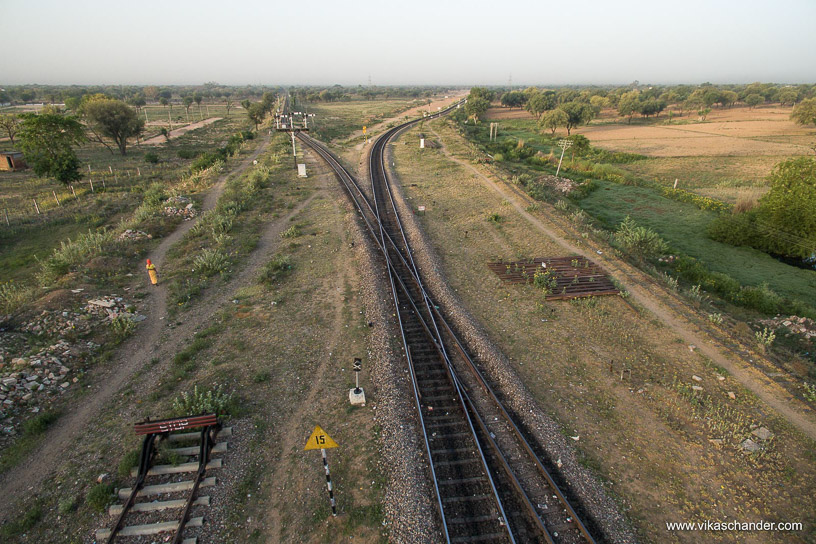
The station can get quite busy at times with arrivals and departures on both the meter and broad gauge lines.
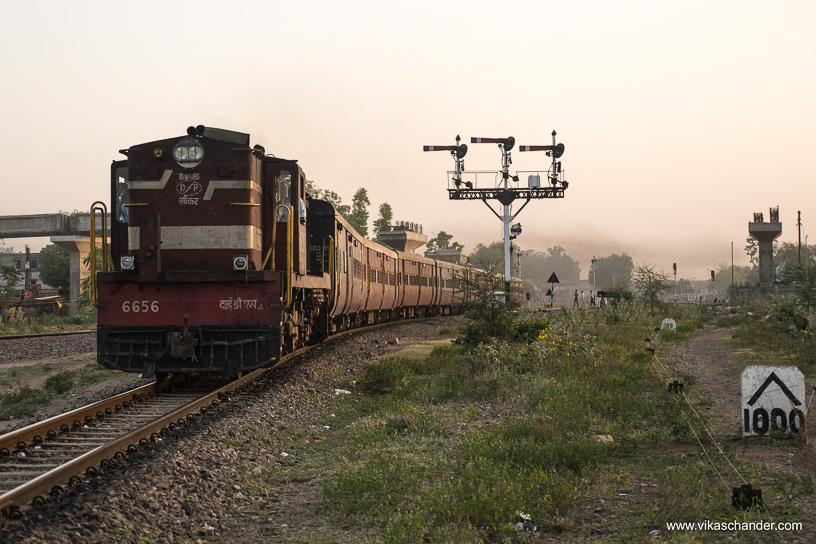
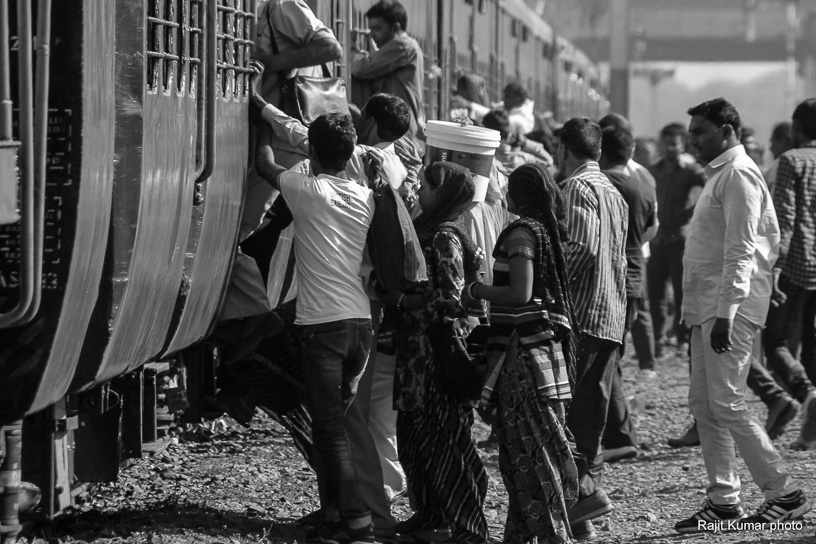
The next station after Ringus was Baori Thikria. Many trains do not stop here and the token exchange then takes place on the fly…
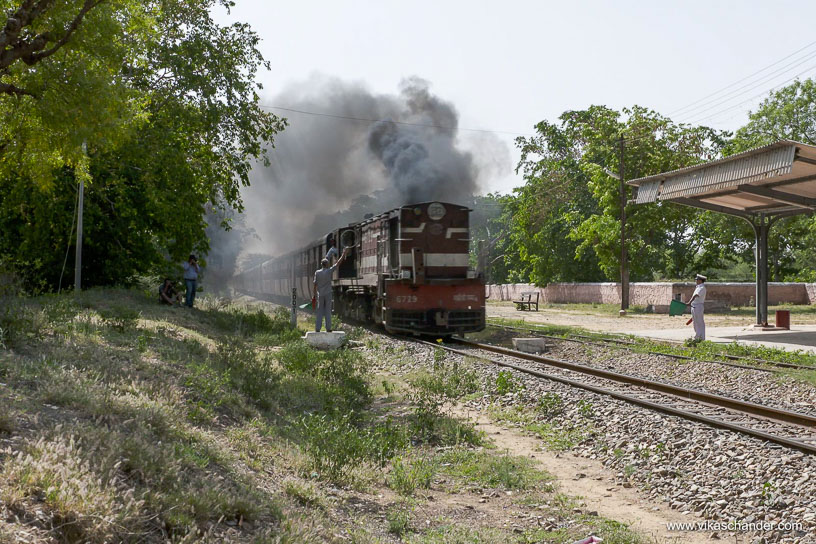
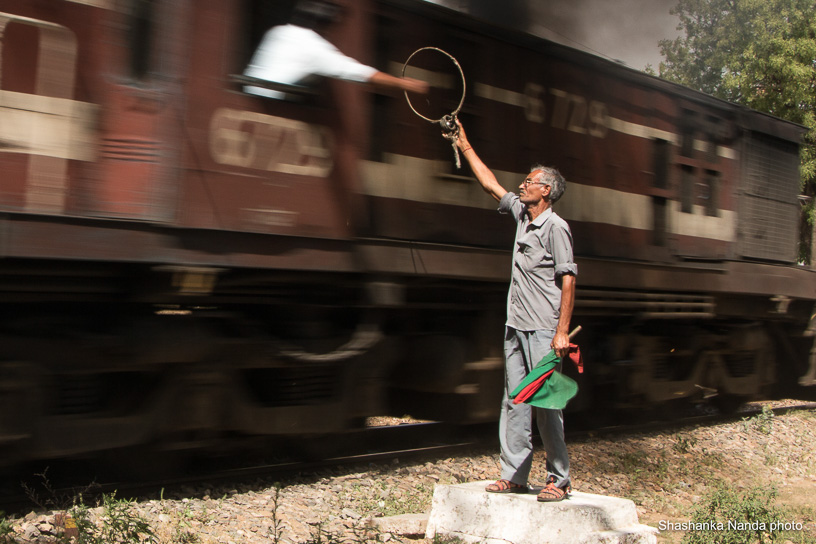
The home shed to all the locomotives was Phulera but after gauge conversion and the subsequent isolation of the line, the small diesel shed at Sikar is now home for the 12 locomotives running on the line.
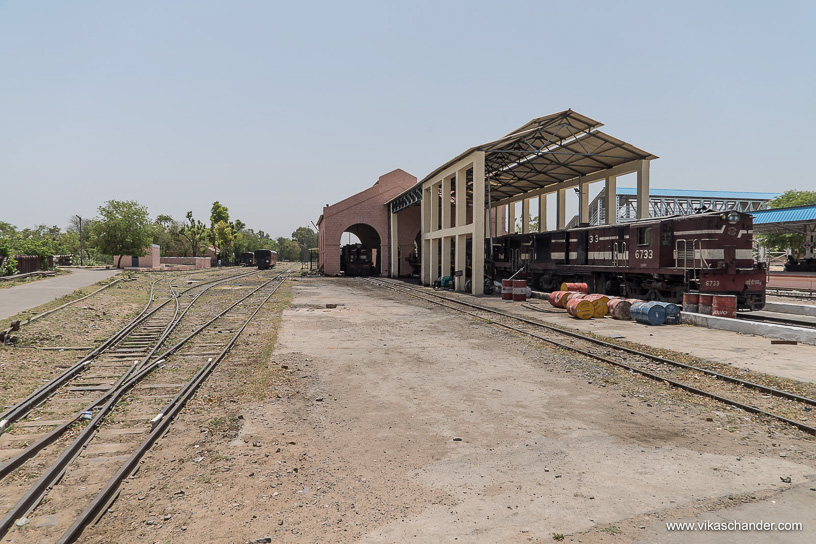
The fort of Laxmangarh lies 30kms north west of Sikar. It was built in 1862 and is unique in the world of fort architecture as it is built on scattered pieces of rock.
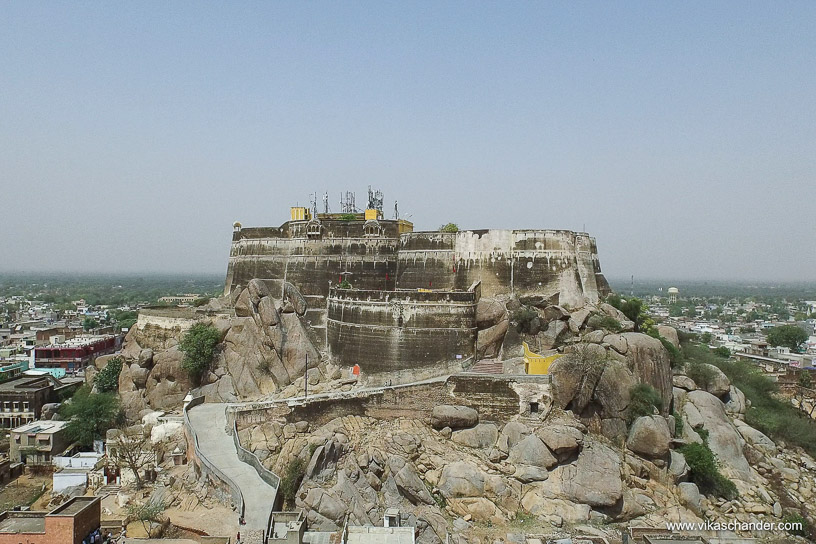
A cutting outside Laxmangarh, provides a nice spot to view the trains and i chanced upon a light loco heading west …
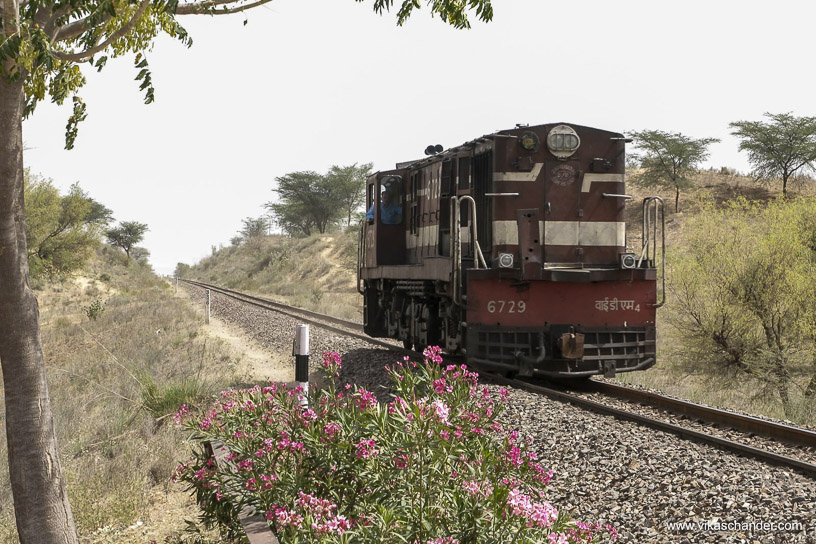
It returned about an hour later with a dead loco and it’s load which had obviously broken down somewhere further up the line.
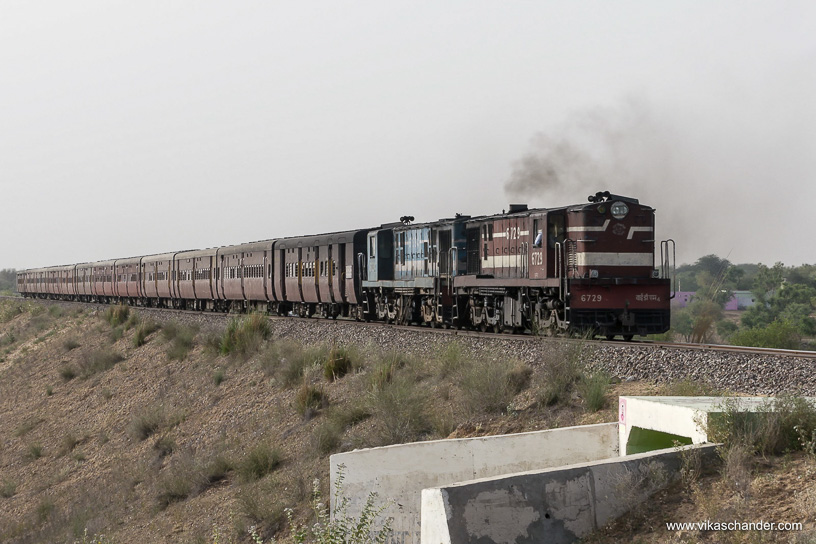
The town of Fathepur Shekhawati lies further up the line and was the location of the 1985 movie – Ghulami. Many scenes with YP locomotives were shot here.
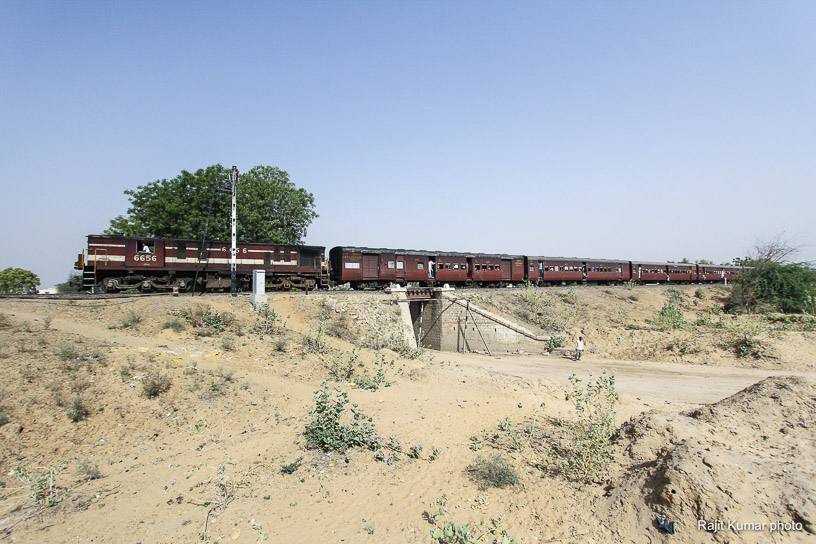
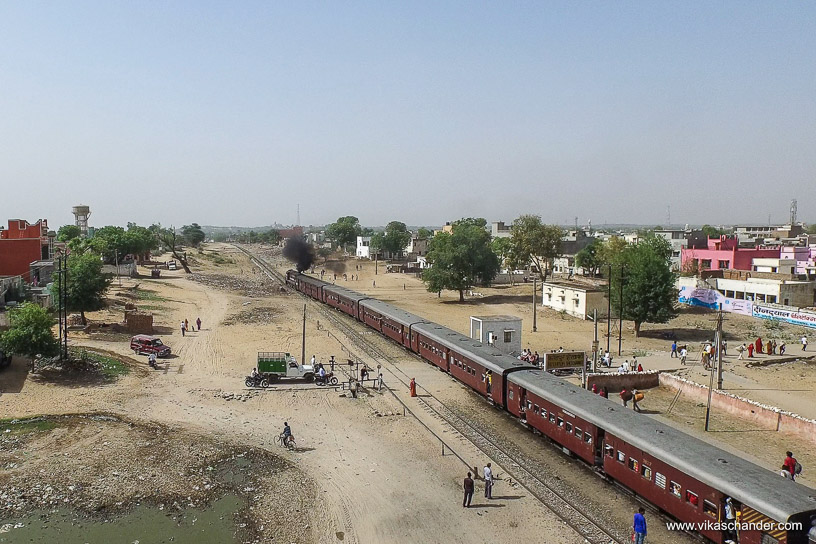
Moving further north west one comes up on the town of Ramgarh Shekhawati.
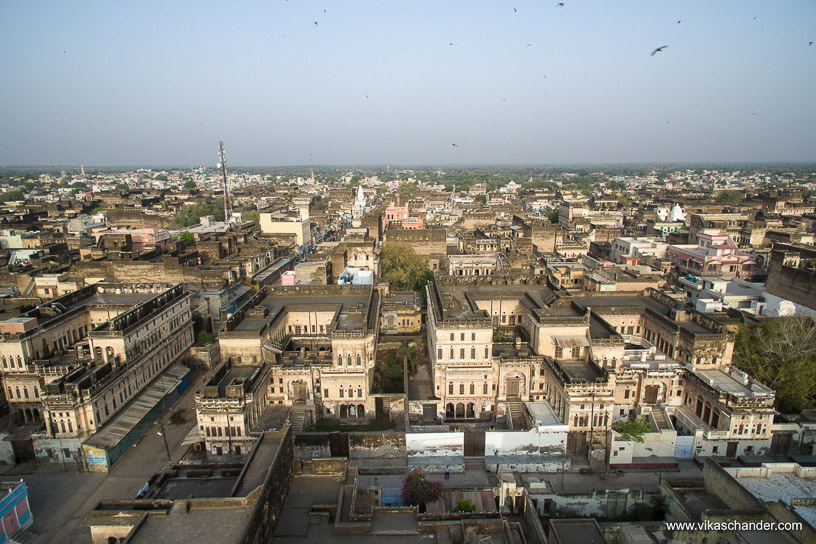
We are now in the middle of the Shekhawati region which is known for it’s fresco painting’s on the havelis (mansions) of the businessmen of this region.
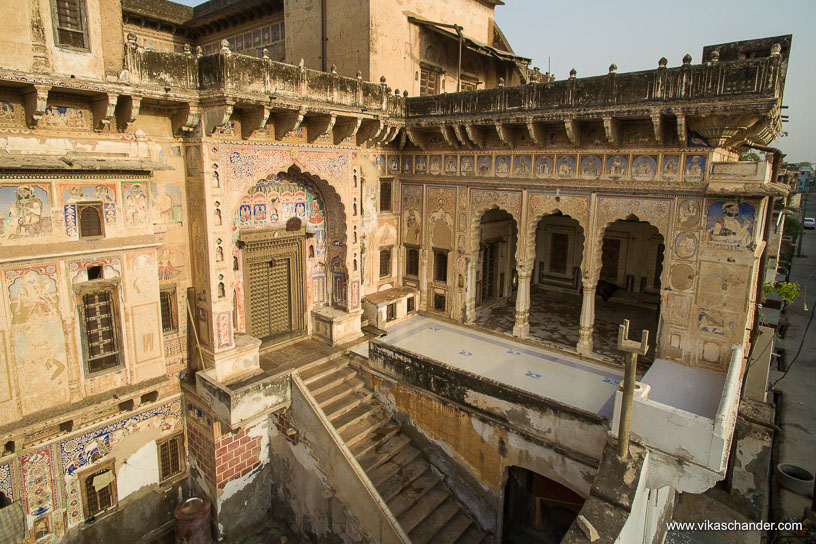
Many Chhatris also dot the town. Chhatris are built on the cremation sites of wealthy or distinguished individuals and are commonly used to depict the elements of pride and honor in Maratha and Rajput architecture..
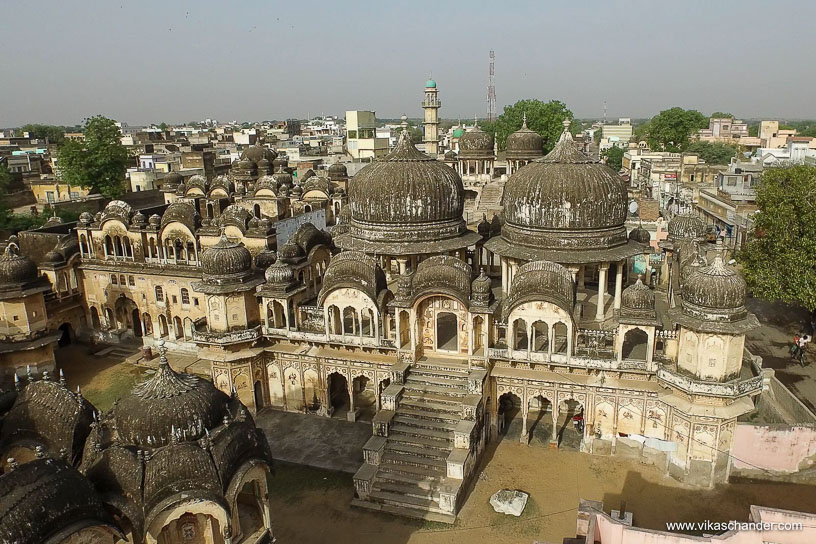
A Churu bound passenger rounds the curve into Ramgarh Shekhawati station….
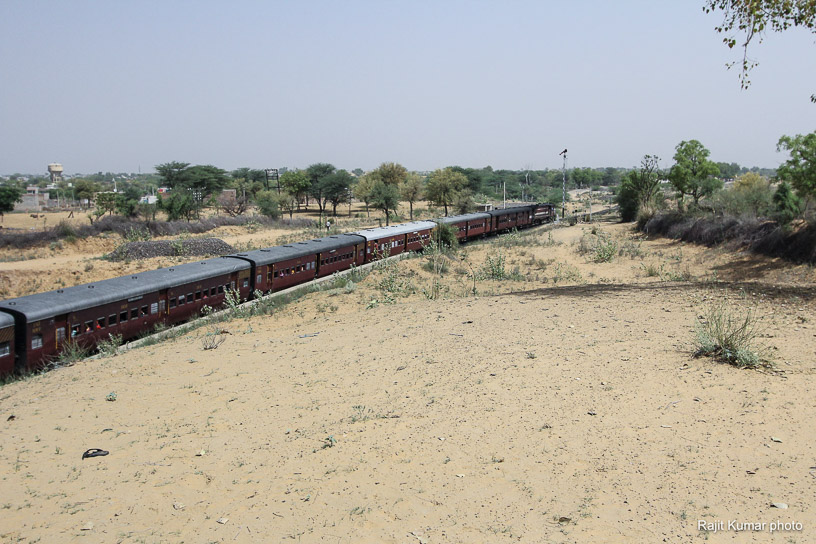
A rare yellow armed repeater signal is located just before the curve. It signals to any inbound train the aspect of the home signal, which is out of sight due to the tight curve in a cutting.
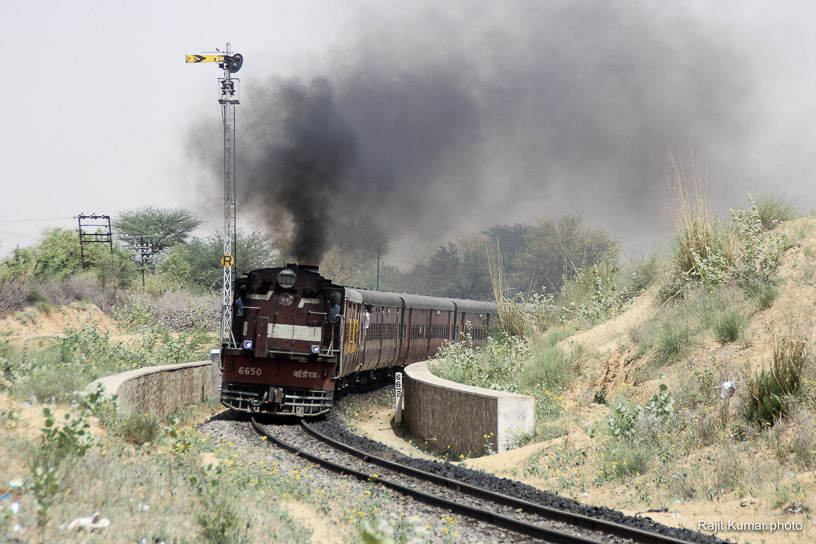
Another curve ahead of Mahansar also provided a nice location ….
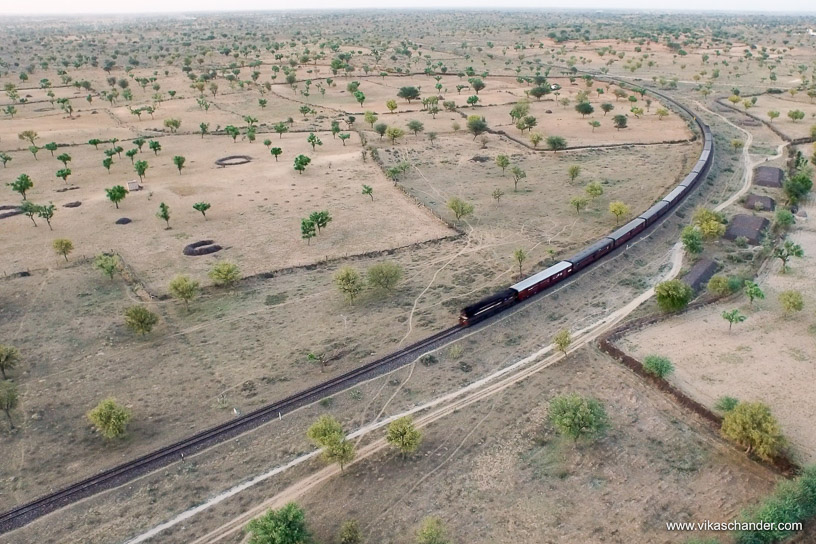
A late running service to Churu held us up outside Mahansar for long but the wait in the end was well worth it, for it proved to us that there was still a lot of fire left in those YDM4s.
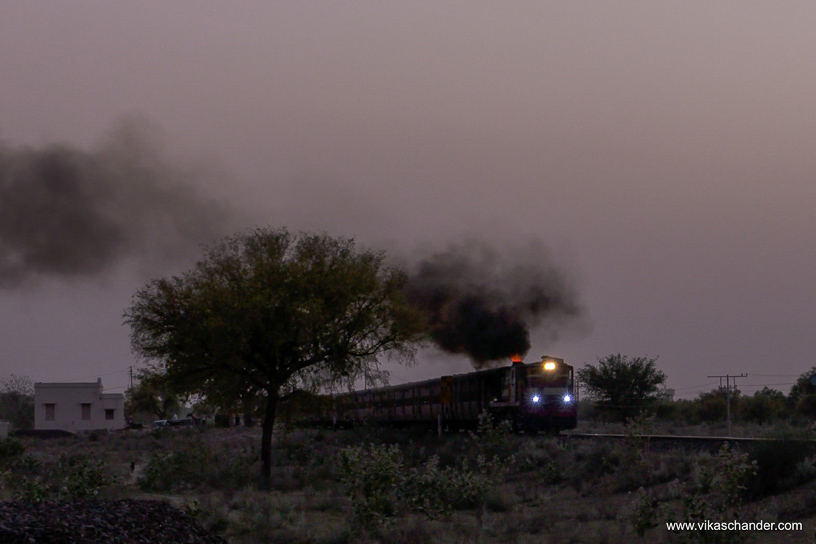
Just past Bissau , I came across a concrete sleeper casting factory. Maybe the sleepers for the imminent gauge conversion would be sourced from here.
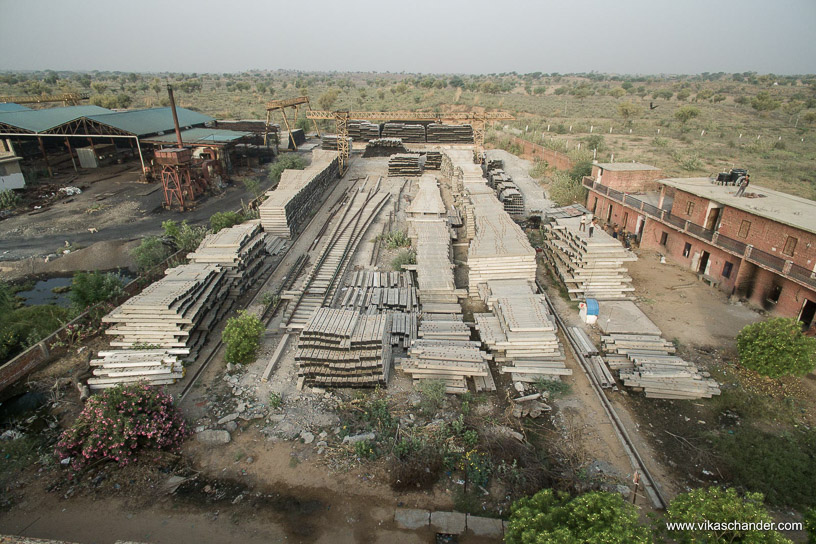
Churu Junction forms the end of the line for the meter gauge line from Jaipur.
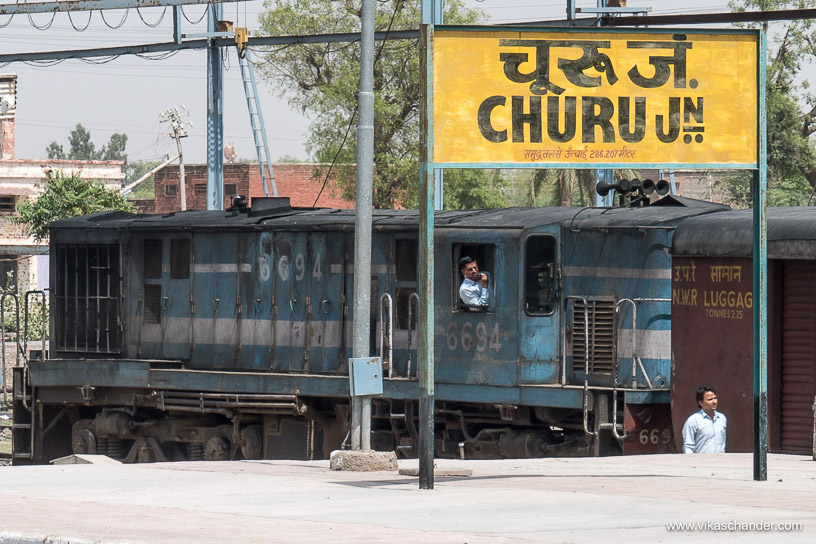
A Meter Gauge Accident Relief train is stabled on one of the lines. It probably does not see much action due to the reduced meter gauge network of today.
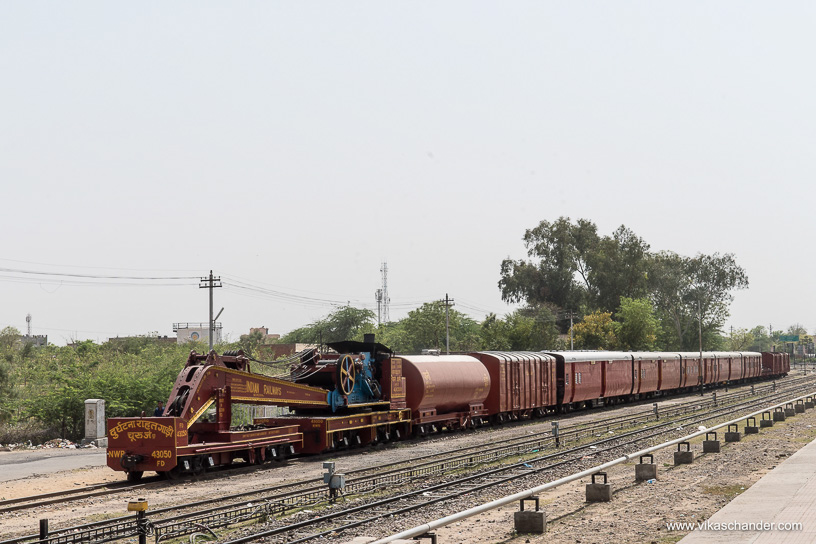
In the meantime, substantial Broad Gauge freight traffic winds it way thru Churu…
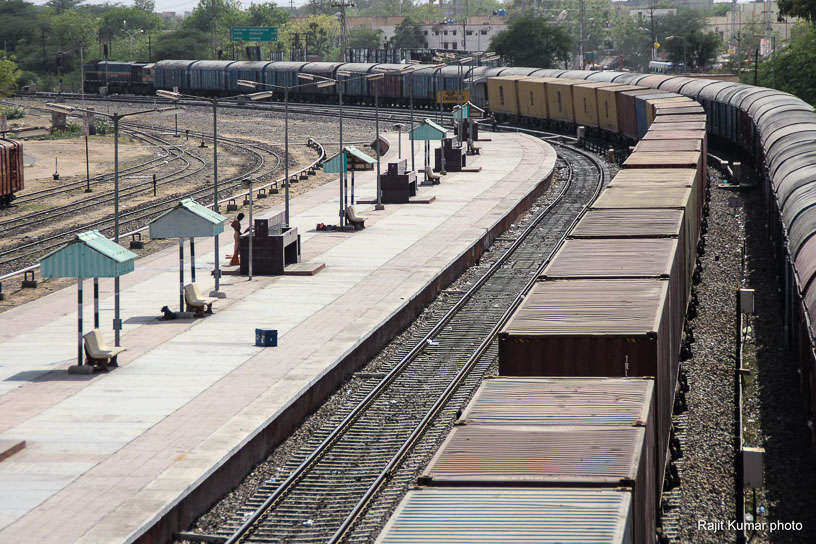
As imminent conversion to Broad Gauge looms large over the line from Jaipur to Churu, the line continues to serve the region admirably before it rides off one last time into the history books.
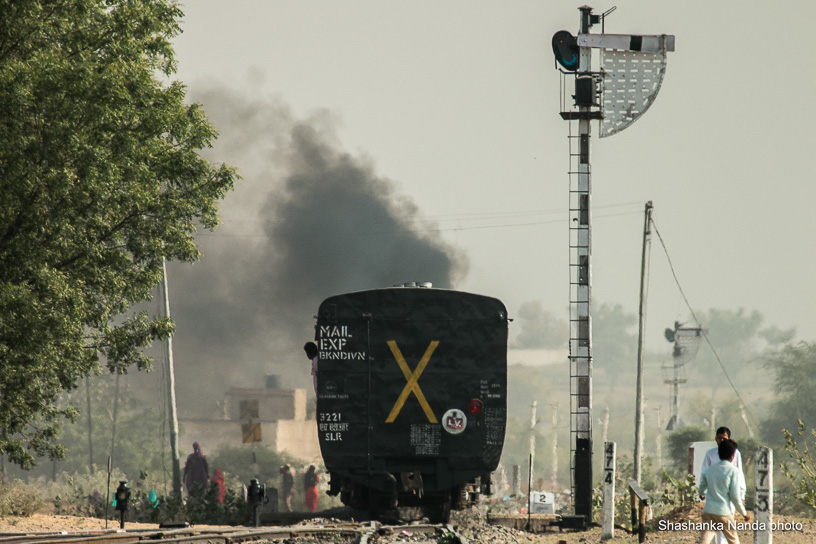
Vikas, I am awestruck by the way you have penned the whole journey. The breathtaking pictures are just too beautiful. This is another heritage the country should have preserved even though we have come a long way in terms of railways’ advancements. In an era of bullet trains, these trains still held special place in my heart but then, change is the only constant. Treading on metre-gauge lines and sitting on those wooden-planked seats is an experience of sorts in itself.
Today (November, 14) is the last day for the Shekhawati Express. The legacy it leaves behind and the memories it gave to travellers and loco pilots, will forever be cherished!
Great Job!
Put me to tears !! What more can I say.. such a brilliant capture of all the vibes.. so beautiful and yet so powerful.
Beautiful and outstanding
Outstanding Video for railfan. Specially , You have effectively used Drone. Perhaps GC is undergoing of Jaipur – Churu. After this Ahmedabad – Udaipur & Marwad – Mavli – Badisadari MG lines will remained in Rajasthan. Thanks
great hd pictures of shekhawati express is shared above,but this express takes too much time to reach its deatination due to narrow gauge,hope get relief soon from railway,I love my shekhawati
Hi Vikas,
These Pictures are fabulous.. there are pics of Working Steam Locos on the meter gauge so this would be like good late 80’s when the steam engines were still in work……..I have seen a few in action in Visakhapatnam in 1987………..but simply fascinating 🙂
Rgds
Uday-Noida
This is a broadcast quality video Vikas! I am in a state of shock….stupefied by the sheer variety of your talents.
Hello Vikas,
Many thanks for publishing such a fascinating and historical feature. It is really wonderful to see such places that I doubt I will ever get to see, Sri Lanka was as close as I have been.
Best regards,
John E.